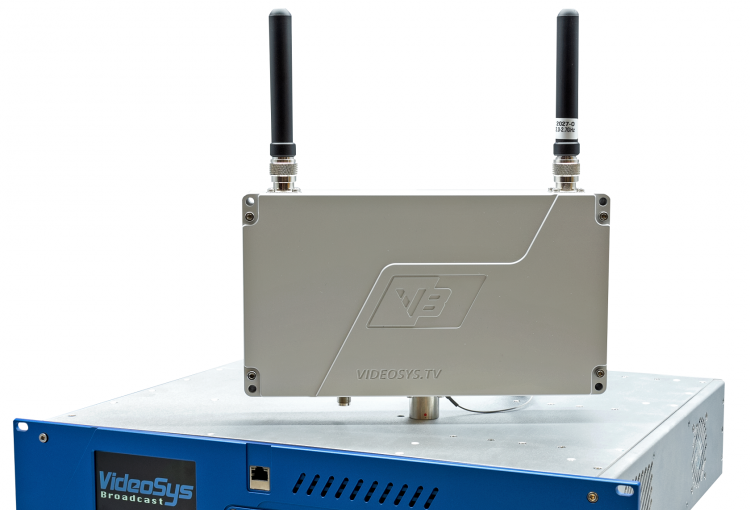
- IMAGE PLUS CAMERA CONTROL MANUAL
- IMAGE PLUS CAMERA CONTROL FULL
- IMAGE PLUS CAMERA CONTROL ISO
- IMAGE PLUS CAMERA CONTROL PLUS
IMAGE PLUS CAMERA CONTROL PLUS
The icon next to it is the flash symbol, plus the exposure compensation symbol. There are some interesting controls on the D5600, however, that make it worth investigating.įlash button - In any of the “advanced” exposure modes (P, S, A, or M), this button will trigger the pop-up flash. Its location may vary from camera to camera, but the “lightning bolt” symbol is universal, so you’ll always be able to find it. Generally, buttons placed on the side of your camera won’t be for commonly-used functions.
IMAGE PLUS CAMERA CONTROL ISO
While the D5600 and other entry-level models have a single command dial, higher-end cameras often have two or even three, allowing for shutter speed, aperture, and sometimes ISO to be adjusted on dedicated dials. Most cameras also make use of the command dial for navigating menus or controlling other context-sensitive functions (like ISO or white balance). However, if you have a mirrorless camera with an electronic viewfinder, you will have a button to change from the viewfinder to the rear screen.Ĭommand dial - This lets you adjust shutter speed and, when the exposure compensation-aperture button is held, aperture. Mirrorless cameras are always in live view, so they won’t have this switch. This has limited use for still photography, but you must be in live view to shoot video. Live view switch - Some cameras have a switch, others a button, but this locks the mirror in a DSLR, blocking the optical viewfinder and allowing you to preview your image directly on the LCD screen. Scene modes contain automated presets for capturing landscapes, portraits, and sports, while Effects modes usually offer different digital enhancements, like selective color.

IMAGE PLUS CAMERA CONTROL FULL
A no-flash automatic mode - located directly below full automatic, at least in our example - keeps all settings in automatic, but will disable the pop-up flash when you don’t want to use it. Most cameras, especially entry-level models, will also have a “green box” automatic mode, which is basically fool-proof and will even raise the pop-up flash automatically when needed.
IMAGE PLUS CAMERA CONTROL MANUAL
The standard modes are Program, Shutter Priority, Aperture Priority, and Manual (denoted by the P, S, A, and M positions on the dial). Mode dial - This sets the camera to your desired shooting mode. If not in manual mode, this button allows you to adjust exposure compensation - that is, make the image brighter or darker while still letting the camera make its own decisions about which settings to use to achieve that. If you want to control aperture, you need to hold down this button. Shutter release button - Press this button to take a picture! It’s almost always located in the same position on all interchangeable lens cameras.Įxposure compensation-aperture button - Most entry-level DSLRs make do with a single command dial which, by default, will control the shutter speed when in manual mode. Power switch - This turns the camera on and off. Nikon power switches typically encircle the shutter release button, but many other brands will put this switch elsewhere on the body. Some cameras forgo a separate record button and instead use the regular shutter button, along with a movie mode on the mode dial, for shooting videos.

This button may show up in a different position on your camera, but it is likely still decorated with a red dot. This is just not practical when BYE/BYE is still a weekend/weeknight gig.Video start-stop button - Don’t press the red button! Unless you want to shoot video, that is. I have decided to no longer communicate the plans for big features like this because then I'm on the hook to deliver (or explain why it was not delivered). I failed in my first implementation and I had to go back to the drawing board (this is a no compromise feature, it needs to work the first time and all the time). Ever since then I get asked and asked again when it will be ready. My biggest regret was to start communicating my plans for auto-focusing a few years back. I just wish Guylain could keep us informed of his progress, although I know some people would not understand what is going on, and it would only start a thread of asking irrelevant questions and take away from Guylain's work time. then you have the BYE, ASCOM, and Canon commands to contend with. WOW its mind blowing just to think of how much work is involved.

Some of the camera specs called for in the equations are hard to find for DSLR cameras, so a data base of these constants would have to be compiled, or if entered by the user, then saved to a file.Ī artificial star of some sort would almost have to be used during the day just to get it close. I can only start to comprehend what needs to be done when you have multiple cameras and scope combinations. now I understand the complexities of the operation.


 0 kommentar(er)
0 kommentar(er)
